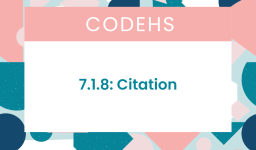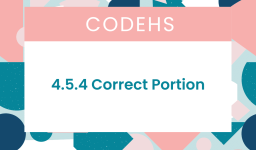The most common answers is:
speed(0)
penup()
setposition (-150,0)
It’s being difficult!!!!!!!!!!!!!!!!!!! But it’s functional at least
def square():
length = 10
for i in range(4):
length = 10
forward(length)
right(90)
def square2():
length = 20
for i in range(4):
length = 20
forward(length)
right(90)
def square3():
length = 30
for i in range(4):
length = 30
forward(length)
right(90)
def square4():
length = 40
for i in range(4):
length = 40
forward(length)
right(90)
def square5():
length = 50
for i in range(4):
length = 50
forward(length)
right(90)
pendown()
square()
penup()
forward(20)
pendown()
square2()
penup()
forward(30)
pendown()
square3()
penup()
forward(40)
pendown()
square4()
penup()
forward(50)
pendown()
square5()This code is functional but can be significantly optimized to reduce repetition and improve readability. Here’s a revised version that accomplishes the same task more efficiently:
import turtle
turtle.speed(0)
turtle.penup()
turtle.setposition(-150, 0)
def draw_square(length):
for _ in range(4):
turtle.forward(length)
turtle.right(90)
for i in range(1, 6):
turtle.pendown()
draw_square(10 * i) # Draw square of increasing size
turtle.penup()
turtle.forward(15 * i) # Move forward to start position for next square
turtle.done()
This optimized version introduces a single function, draw_square(length), which draws a square of a given side length. The for loop then iterates through a range, drawing increasing-sized squares based on the loop counter.
The moving forward distance is also adjusted to ensure that the squares do not overlap, considering their increasing size.
This approach greatly simplifies the code by eliminating the need for multiple, nearly identical functions for drawing squares of different sizes.



